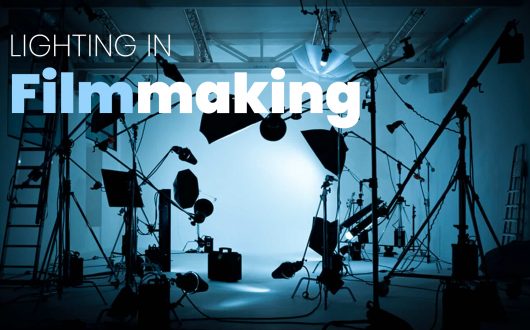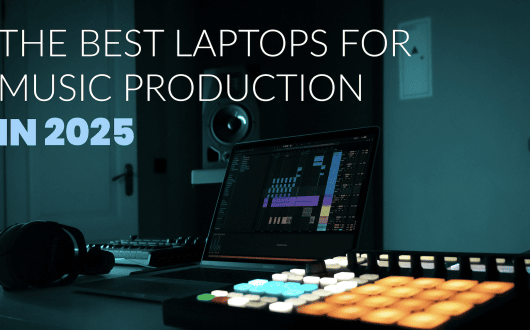
The Audio Buzz Blog
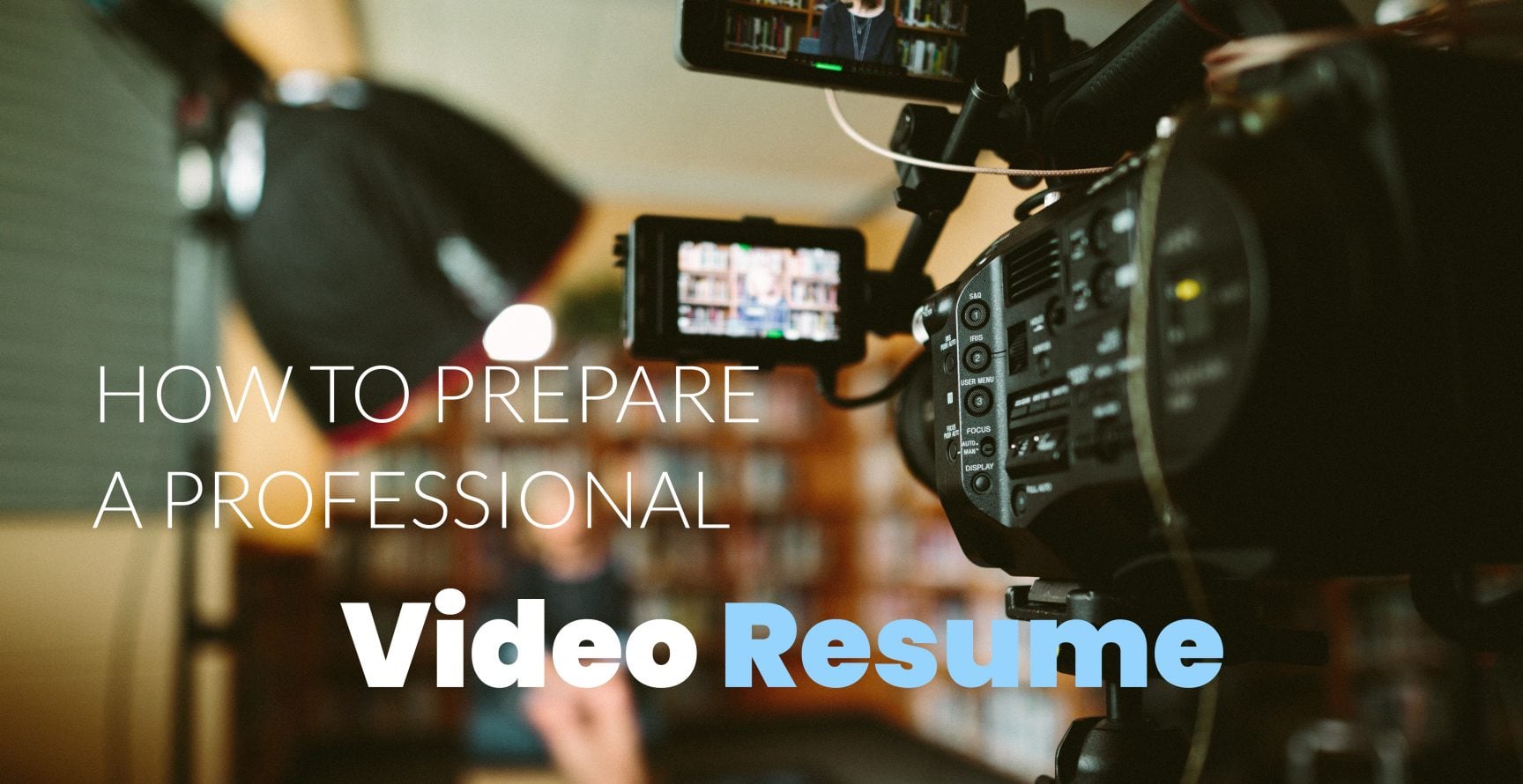
How to Prepare a Professional Video Resume
A video resume isn’t something that every employer will ask for, so there’s every chance you’ve never made one before. Don’t worry; we are here to walk you through creating a killer video resume step by step. From planning your video to making your final cut, we have got you covered. Think of it as a way to show that you are willing to go the extra mile, and take pride in your work. It gives employers a reason to remember your application over the others (possibly hundreds). So, let’s get started; you don’t want to be late before you even get the job.
What is a Video Resume?
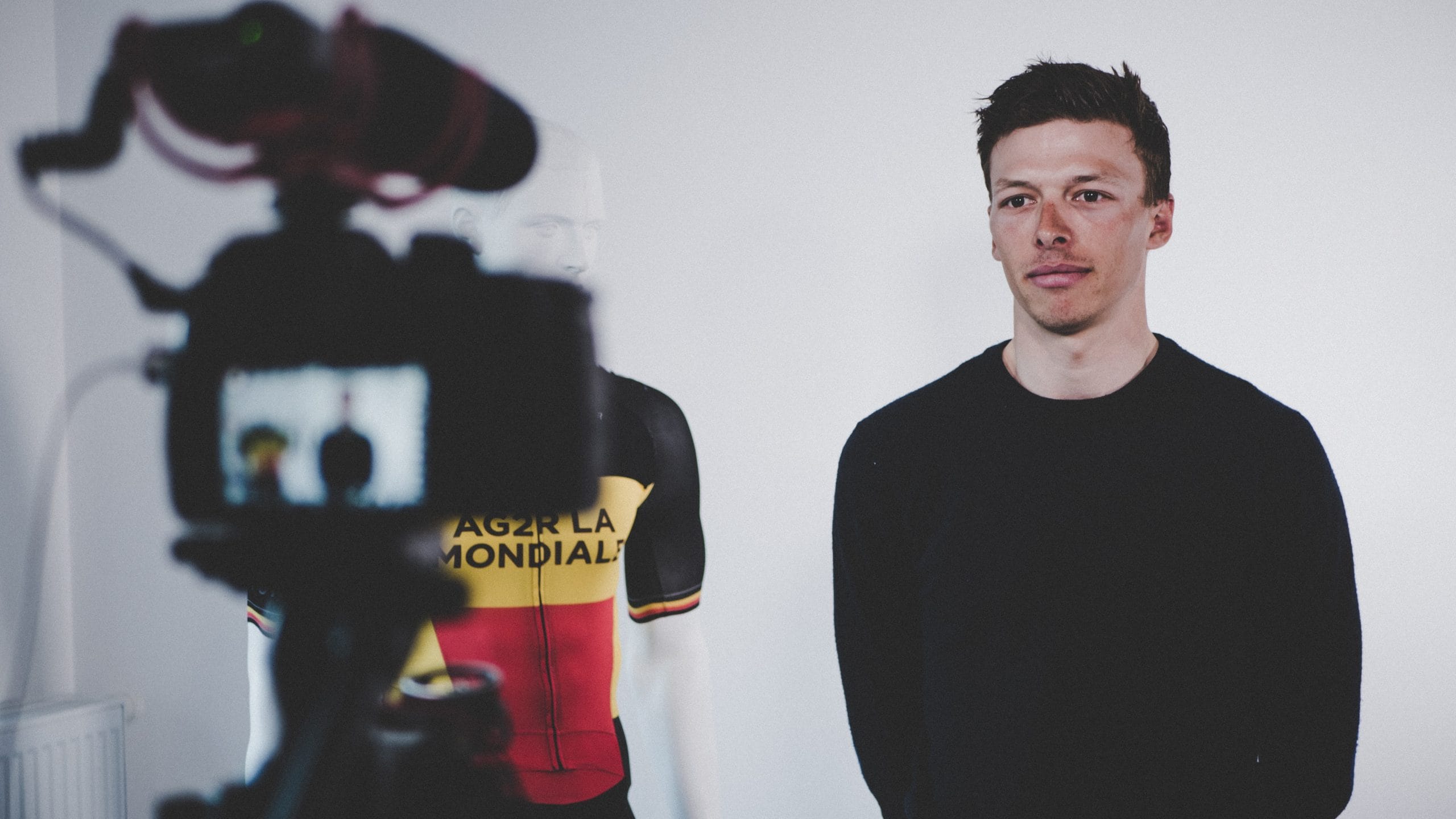
Photo by lucas clarysse on Unsplash
A video resume is a fantastic way to add a personal touch to an application.
It gives you a chance to introduce yourself in a way that you can’t do on paper.
Your video resume should highlight any personal qualities that make you the perfect candidate.
It shouldn’t be so short that it has no impact, and it shouldn’t be so long that watching it becomes an inconvenience.
On average, a good video resume will last anywhere around 30 seconds to a couple of minutes (give or take a little).
Why do you Need a Video Resume?
There are multiple good reasons to create a video resume, so let’s cover some of the main ones.
The Personal Touch

Photo by Cytonn Photography on Unsplash
As we mentioned above, a video resume is an ideal way to add a personal touch to your application.
In any job, your personality is a significant factor that employers take into account.
We aren’t suggesting that employers will or should judge you on who you are more than how capable you are, not at all.
We mean it in the sense that you can show you that you have the personality traits to fit a particular position.
If the position consists of working from home by yourself, submitting work via email, then results probably matter more than personality.
But, if it involves working as part of a team or dealing with customers/clients, it’s no longer just about results.
It’s about being friendly, patient, empathetic, motivating, confident, creative, and a million other things.
A well put together video resume can showcase the best of your personality.
A more Concise Approach

Photo by Sharon McCutcheon on Unsplash
Nothing will make you feel more confident applying for a job than having a list of suitable qualifications and achievements longer than your arm.
Having everything down on paper like that is something that can’t be disputed; it’s fact.
However, it doesn’t always make the most exciting reading, and there’s nothing to say other candidates can’t match it.
Adding a video resume to your application gives you a chance to highlight your most valuable skills.
That way, there’s no chance that an employer who’s tired from reading countless applications will miss anything important.
It also makes everything more relatable.
For example, on paper, you could say you have managerial experience in the preferred field.
In your video resume, you could briefly highlight a specific challenge in that role and how you handled it.
We could give you lots of examples, but whether it’s a qualification, previous experience, or personal quality, you can showcase the most essential things concisely and memorably.
At the Employers Request
Some potential employers will ask candidates to provide a video resume, in which case, there’s no better reason to make one.
If they do ask you for one, it’s for a combination of the reasons we covered above.
It gives you the chance to connect personally, making it easier for them to make a final decision.
How to make a good Video Resume
Even though it will be short, a successful video resume will take some planning.
In a traditional resume, you must outline all pertinent information in chronological order.
Now, you have a similar task, albeit in condensed form, and you have to think about production value, too.
Here are some steps that might help you to make the best video resume possible.
Identify the key points

Photo by Glenn Carstens-Peters on Unsplash
Go over your existing resume, think about your education and work experience, and shortlist anything that you want to highlight.
Thinking about the reasons for needing a video resume that we outlined already, you should end up with a shortlist, including personality traits, qualifications, and experience.
If need be, continue to trim your shortlist until you have the perfect selection.
Remember, your choices can highlight areas of your existing resume or showcase qualities that aren’t down on paper.
Don’t wing it; write a Script

Photo by Waldemar Brandt on Unsplash
You might think it’s a little over the top to script something that’s going to last no more than a couple of minutes.
But it doesn’t matter if it lasts for 3 seconds; you should still write a script.
The two things that you need to think about are what you want to say and how you want it to look.
In terms of what you want to say, you have two options.
Option one is to write out exactly what you want to say, word for word.
The benefit of scripting your video this way is that you can be very precise on your message and your video length.
It means memorizing and rehearsing your part until you are ready to deliver a polished performance.
A polished performance can look confident and accomplished if you get it right.
The downside is that while you’ll say everything you want to say, it might not look as natural as you’d like.
If you can deliver your lines naturally like Oscar-winning actor Daniel Day-Lewis, you have no worries.
If you look like you always have to think about your lines before you speak, like Oscar-winning actor Nicolas Cage, you have a problem.
Okay, that’s an unfair Nicolas Cage joke, but you get the idea; don’t let your personality get lost in your script.
Option two is to bullet-point your script.
Think of it more like a cheat sheet or improv-guide, rather than anything set in stone.
If you created your shortlist properly, then you should already have a fair idea of what you want to say.
In which case, bullet-points could be enough to keep you on track.
Here’s an example.
Introduce myself
Why I want the job
How I grew my clients reach by 500% through targeted social media marketing
Why I’m a great fit for the team
Thank you for the opportunity
Those are some pretty broad and basic examples, but it doesn’t need to be complicated.
If you feel more comfortable, you could even put a rough indication of how much time to spend on each point.
The idea is that you stay on track, on time, without sounding contrived.
It might take a few tries before you feel like you’ve got the content you need, but when you get it, it will be all you.
Your personality will have a much better chance of shining through when you speak freely.
Whatever way you script your resume, it’s a good idea to think about target words or phrases.
Target words could be industry-specific terms to show understanding or convincing action verbs.
Regarding how you want it to look, we are talking about the blend of speaking to the camera versus action shots.
An action shot is just a brief example of you at work.
Whether you are using a pre-existing clip from work or filming a new one, you need to account for its length in your script.
You might not need or want any action shots of you at work in your video, so never add one if it doesn’t add value.
In other words, don’t film yourself typing randomly at your desk before turning to wink at the camera; no-one will think it’s cool.
Set the Scene

Photo by Kari Shea on Unsplash
Admittedly, we aren’t talking about scouting locations for a Tarantino epic.
That doesn’t mean there’s nothing to consider.
Generally speaking, you don’t want your setting to look staged.
Don’t draft in any props that you think will impress the viewer.
If the space available to you is clean and bare, leave it that way.
At the same time, don’t feel like you need to clear the room just to shoot your video.
For example, if you have a workspace at home with your computer and other work tools, that will work fine as a backdrop.
If you have anything in particular that stands out and could be a distraction, then you should remove it from your scene.
Whatever your setting, just like your performance, it should be as natural as possible.
Start Filming
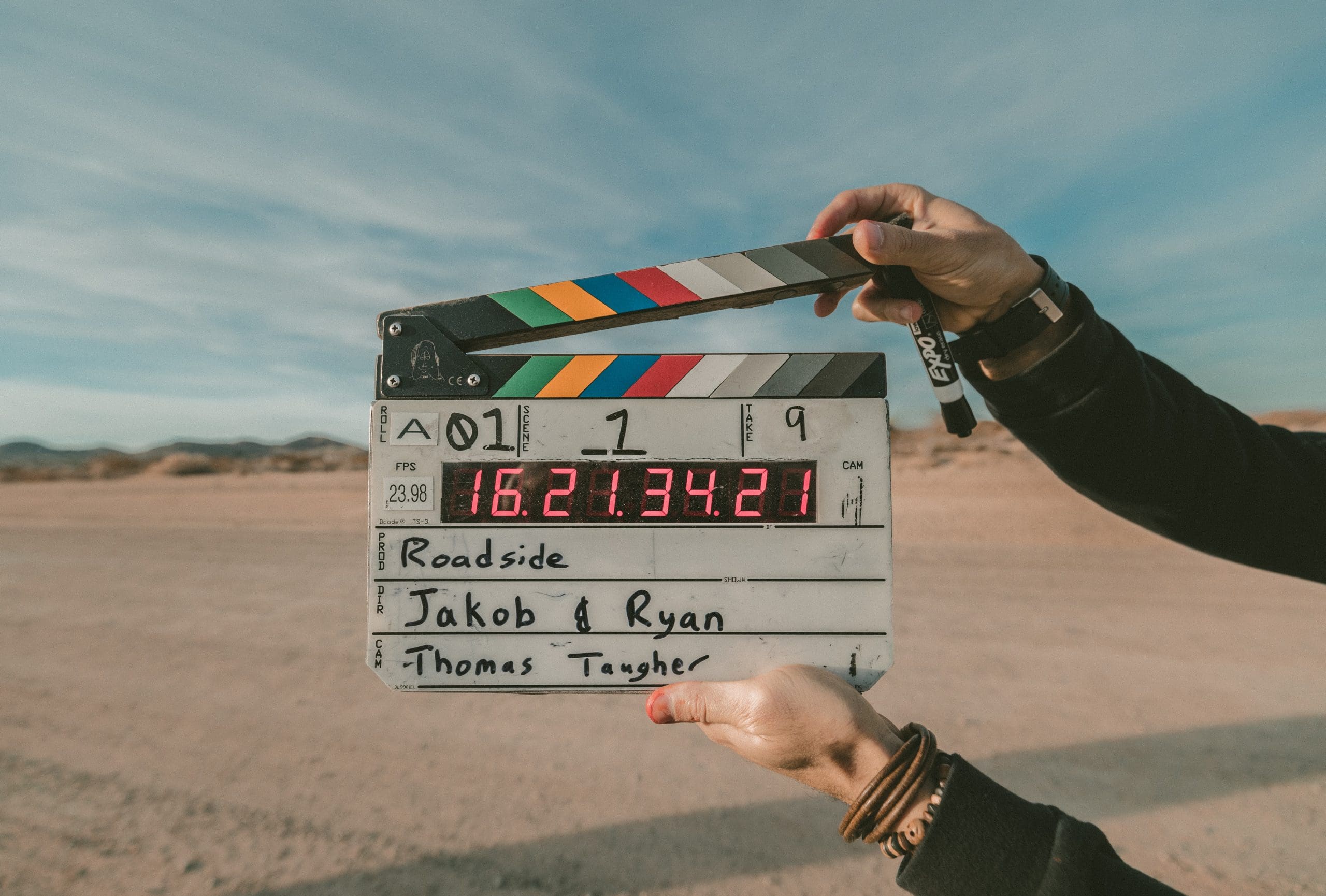
Photo by Jakob Owens on Unsplash
The first thing to do is to choose your camera and set it up.
You don’t need a massively expensive camera, although it won’t hurt if you have one.
A good smartphone or tablet will capture high-quality video that’s more than good enough for this purpose.
A first-edition camera phone or webcam might not cut it!
How you position your camera is just as important as image quality.
Make sure your camera is close enough to see your face clearly, without being an awkward close-up.
Aim for head and shoulders with a bit of space at the top and bottom of your shot.
If you plan to transition from speaking to working, you’ll need to make sure the camera is in position to capture everything it needs to.
When addressing the camera, you should be facing directly towards it.
Do not, under any circumstances, think that it will look good to position the camera at an angle then turn your head as you speak; it’s not CSI Miami.
Resist the temptation to turn into Michael Bay for the day, cutting to different cameras repeatedly.
One camera, one position, keep it simple.
While we maintain that one camera, one position is best, it doesn’t mean that you need to be in precisely the same place each time you cut.
If you record your video resume in segments, it’s not a big deal if you are standing slightly more left or right from one segment to the next; as you’ll see in our examples shortly.
In most cases, your device will record audio well enough that you don’t need an external microphone or recorder.
But, if you have one or want to buy a cheap lav-mic, it won’t hurt either.
Otherwise, just make sure you have a quiet place to record.
Shoot Multiple Takes
Two minutes might not seem like a long time, but with a camera pointing at you, things can change.
You don’t have to record the entire resume from start to finish each time.
Remember, you are going to edit anyway, so it’s fine to split your script into smaller segments; in fact, it’s easier.
Even if you feel confident with your first take, it’s a good idea to do another one.
It’s not just about correct things that go wrong; it’s about feeling comfortable on camera and giving yourself options.
You might end up with two perfectly acceptable takes of the same segment, but maybe the second take has slightly more confident eye-contact with the camera, for example.
What you absolutely don’t want is to start working backward.
Don’t get to the editing stage, then decide you have to go back and record another take.
Additional Content

Photo by Carlos Muza on Unsplash
This step might not apply to everyone, but it can help maximize impact in a short time.
Additional content can be still images, charts, graphs, or even more video.
For example, let’s say you want to highlight a web-design project that you feel will help your application.
You could have a smaller video overlay showing a screen capture of the website in use while you talk about it.
It can be very basic, scrolling pages, using menus, but it will have a bigger impact when combined with your words.
Think About Some Music

Photo by Mohammad Metri on Unsplash
As much as we’d love to tell you that some amazing royalty-free music is the most important ingredient, it isn’t.
However, it can turn an average video resume into a polished, professional application when used tastefully.
Make sure to use our exclusive Video Preview Tool before choosing the perfect track.
Consider adding some music. for your intro and outro and perhaps even any action shots.
Do not have death metal blasting throughout the entire video like you are trying to have a work meeting at a Body Count gig.
Editing
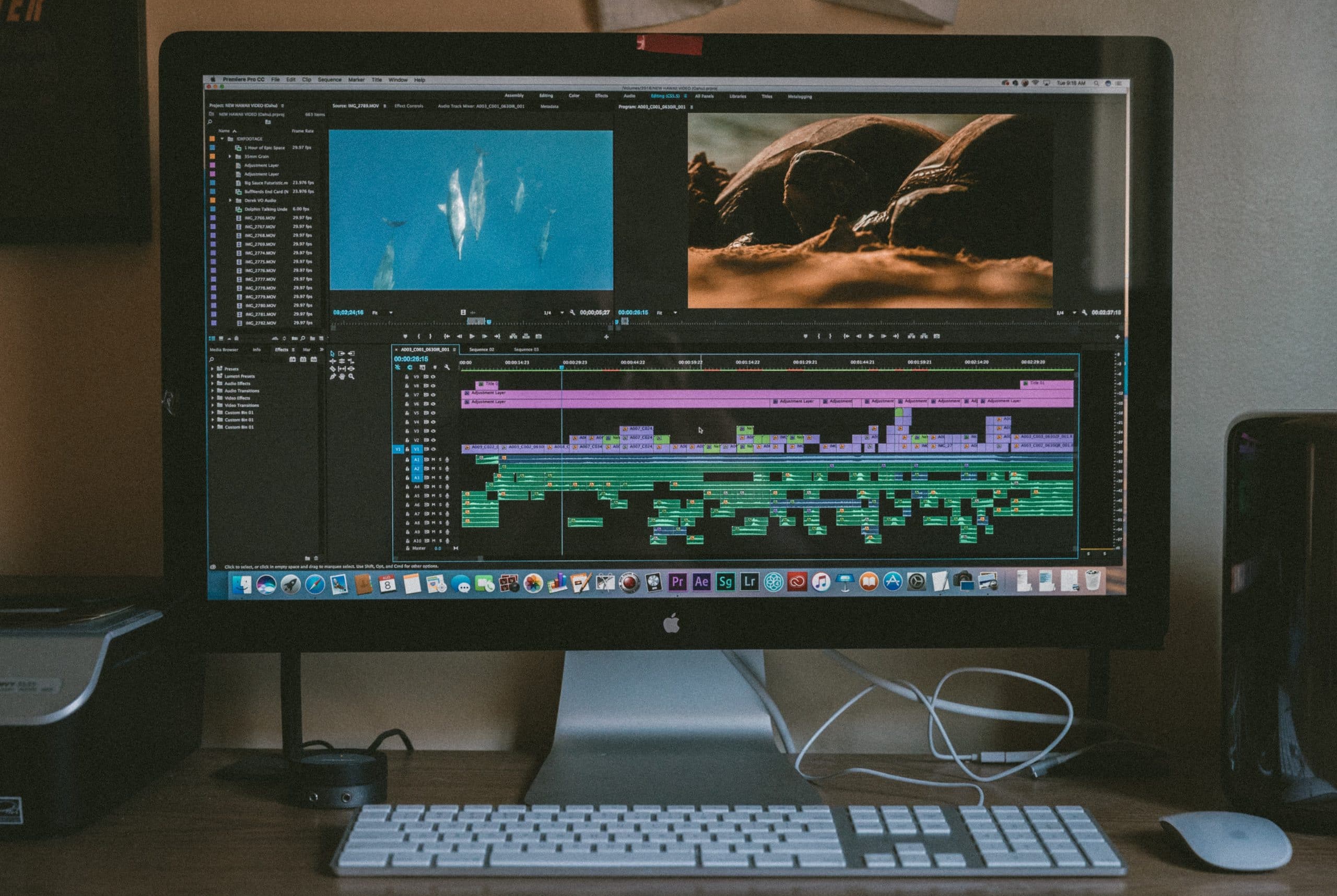
Photo by Jakob Owens on Unsplash
If you followed the previous steps, then editing shouldn’t be too much of a task for you.
Don’t get carried away; you aren’t making a cinematic trailer!
No-one wants to see crazy transitions or the often comical or dramatic dolly zoom.
Keep it simple, and if you use footage from multiple takes, make the transitions a straight cut from one to the next.
If you do use additional content, make sure everything is neat and tidy.
Consider things like putting a border around an overlaid image or video if it makes it look neater.
Make sure anything you add doesn’t cover half of your face!
That sounds like a joke, but you’d be surprised at how bad some submissions are.
Also, be mindful of any music levels in editing.
You shouldn’t need to do extensive editing, but you should check out our Adobe Premiere Pro beginners guide.
Ask For Feedback
Like anything, it can be easy to miss small details in your video resume because you are too close to it.
Always ask friends, family, and colleagues to have a look and tell you what they think.
It’s a final chance to weed out any mistakes, and it’s the people who know you best confirming that your personality comes across well.
Here are a few quick tips to Remember
Dress to Impress
That doesn’t mean rent a tuxedo and bow-tie; that would be creepy.
It means dress appropriately for the job in discussion.
Whether it’s casual or business attire, just wear what you’d wear to work.
Do what is asked of you
In cases where an employer asks for a video resume, they will likely have some guidelines.
Make sure to read the guidelines fully with attention to detail.
The last thing you want is to make a fantastic video resume for the employer to watch 10 seconds and say you didn’t even read the guidelines.
Don’t be Vague
We covered this earlier in planning, but you must be clear in what you want to say.
Don’t spend two minutes talking about a broad topic that adds no value.
Be very specific about a particular asset that you have to offer.
Conclusion
At the end of the day, it will take more than a nice video resume to land your dream job.
Otherwise, I’d be the shortest center in the history of the NBA, but I’m not qualified.
If you are reading this article, then you are qualified for the job you want and just need a push to the finish line.
Before we leave you to it, we want you to keep in mind that the steps we outlined are guidelines, not universal rules.
Every candidate and every job is different, and with that in mind, your video resume might not follow our steps precisely, but that’s Okay; there will always be exceptions.
The trick is to take everything that helps and apply it to a video that is tailored to your personality, qualities, and the position you are applying for.
Here are two examples of a strong video resume to give you an idea of what we mean.
Neither one follows our steps entirely; instead, each takes a slightly different approach without losing the core values that any video resume must have.
If we look at the visual differences between the first and second example, we can see the first has a more corporate or polished feel, while the second is a little less formal.
They both make good use of time, and things like overlaid text.
But, the biggest difference is that the first one is more direct and achievement driven, while the second one (still direct enough) offers more personal qualities, too.
Now, go make an awesome video resume, and get that dream job!





